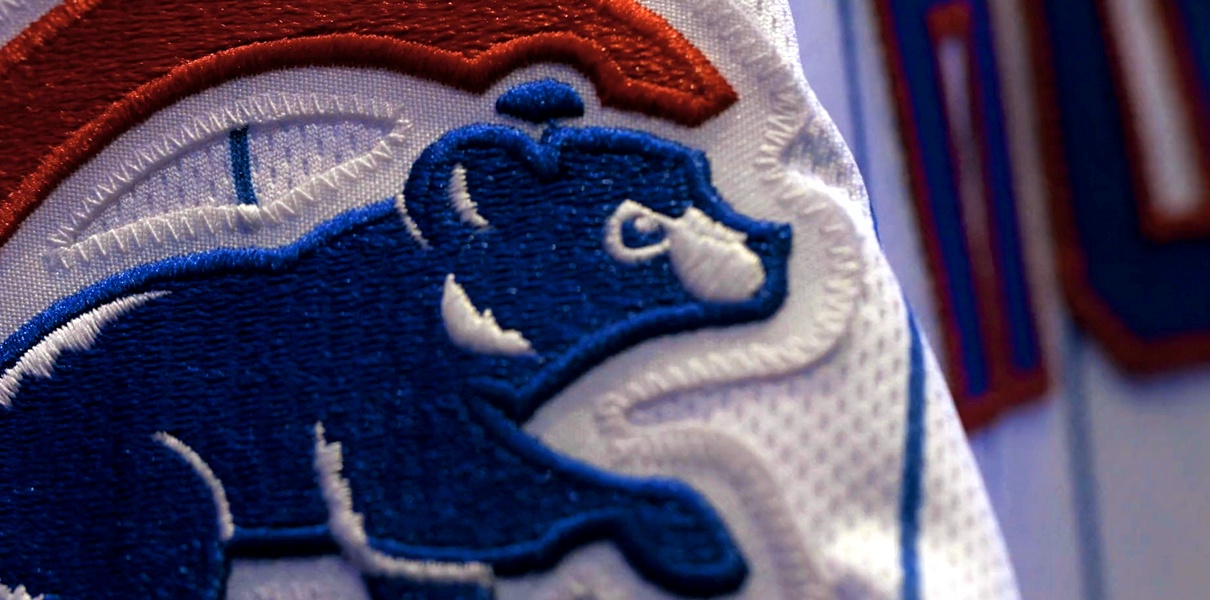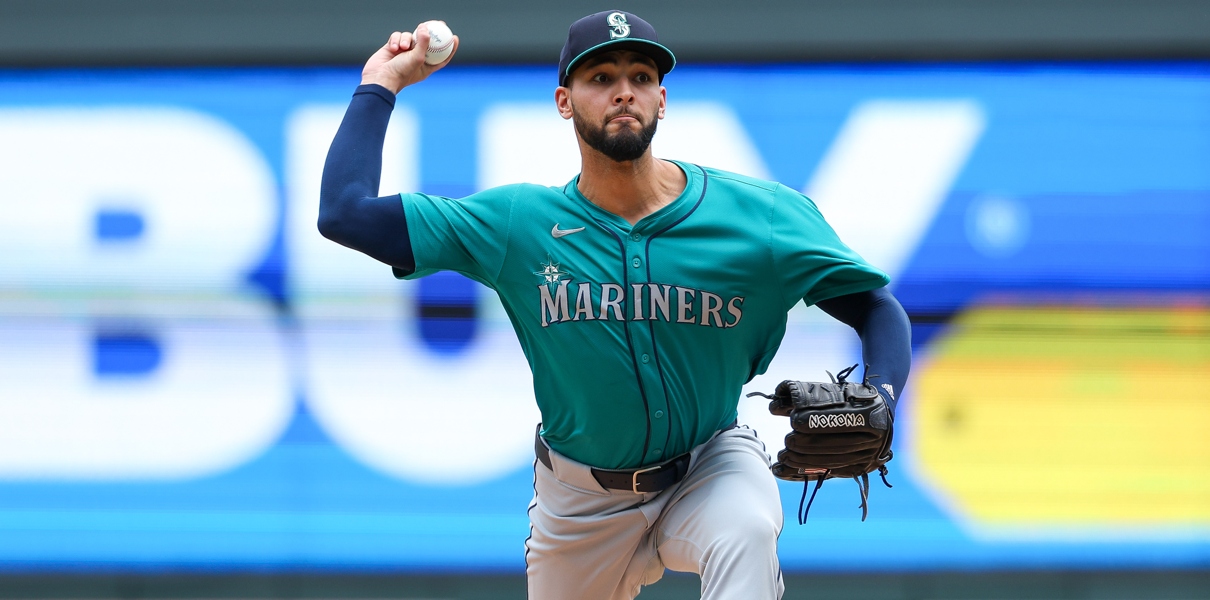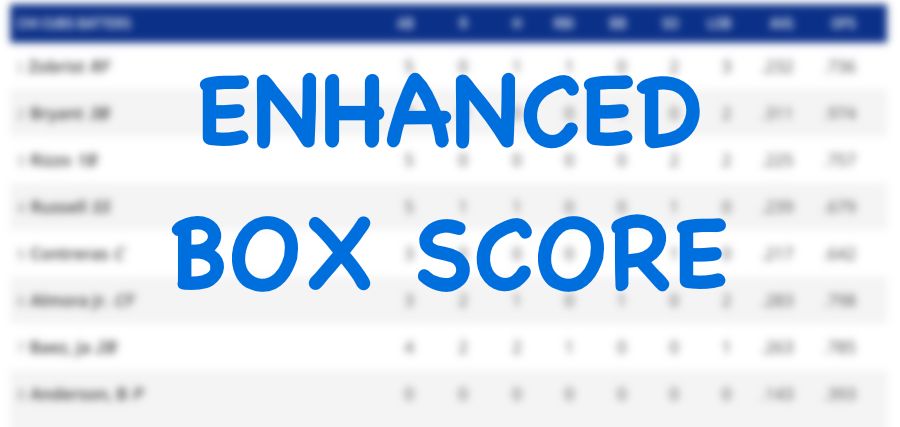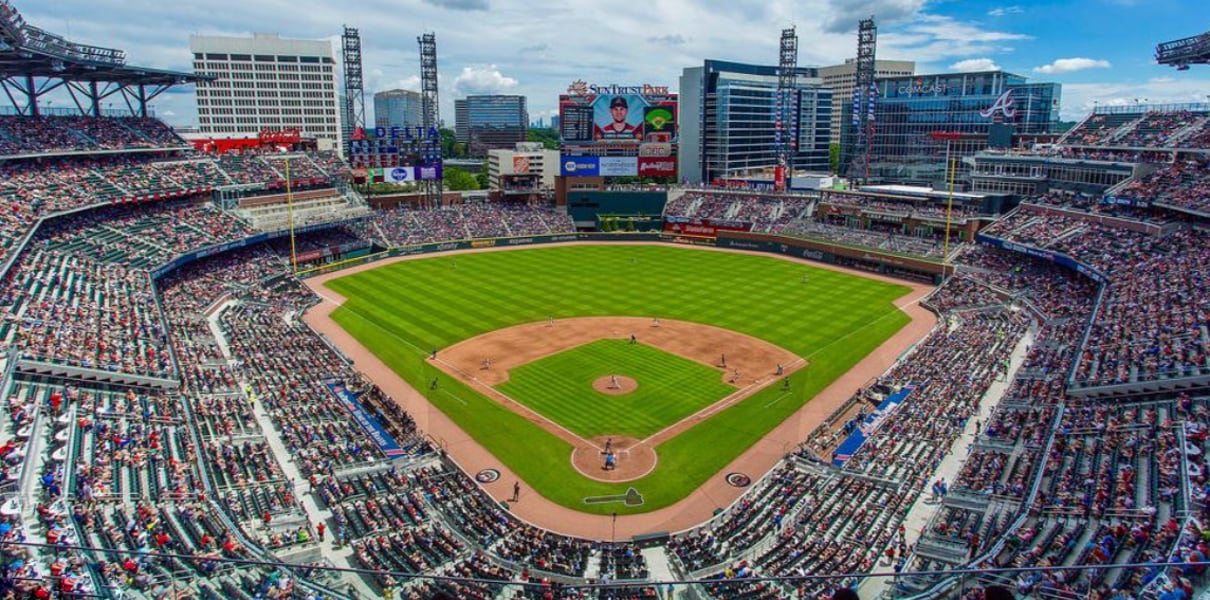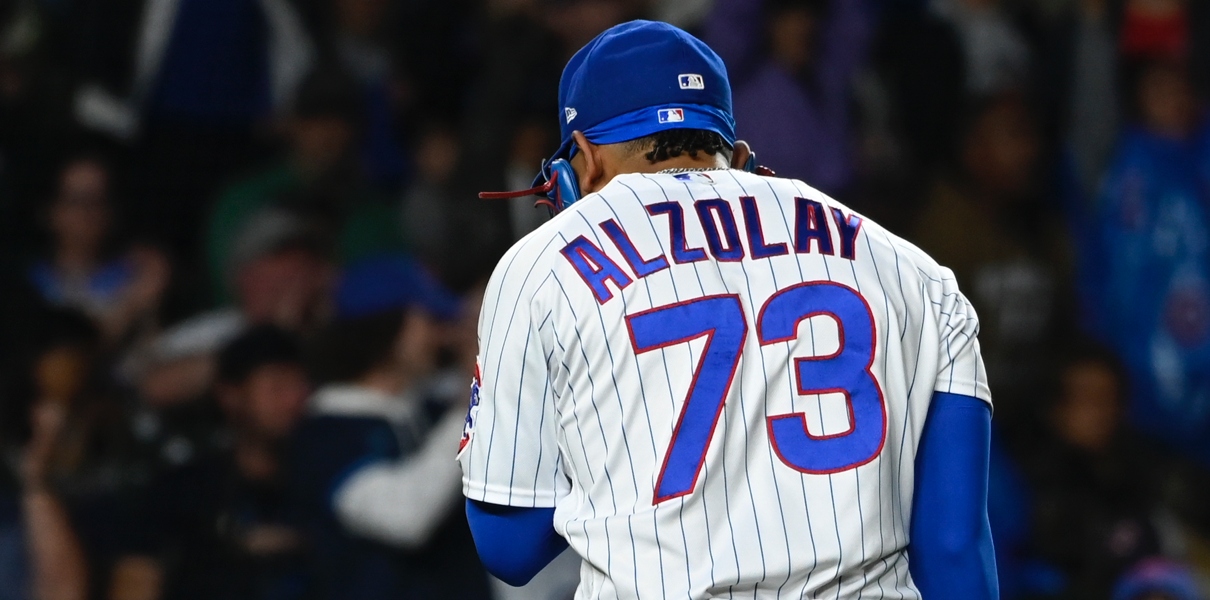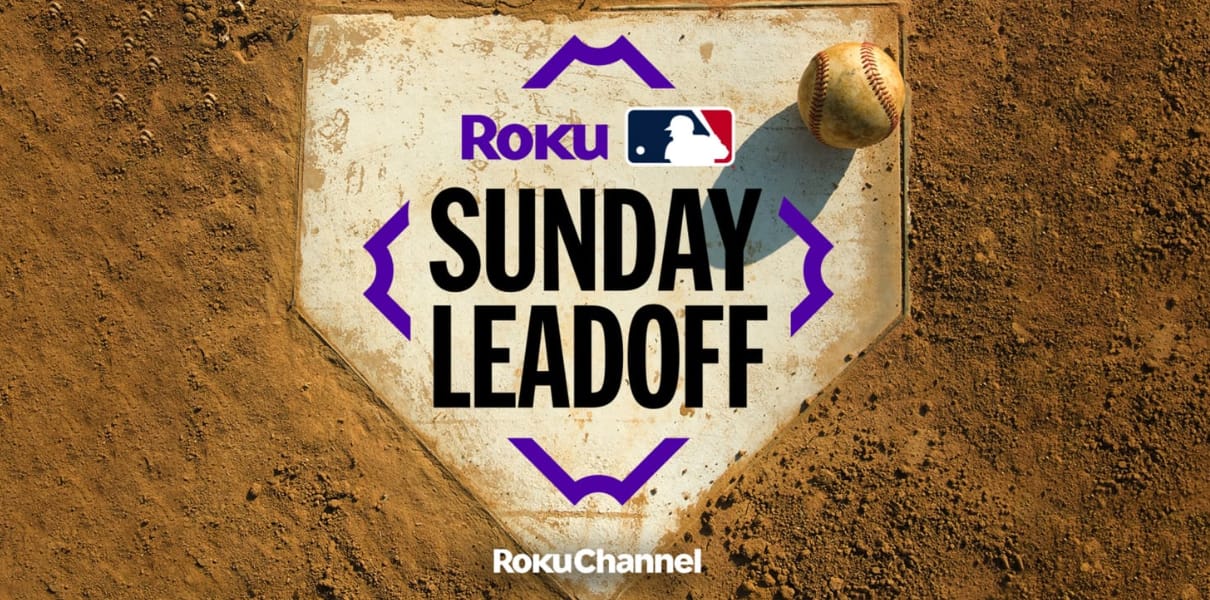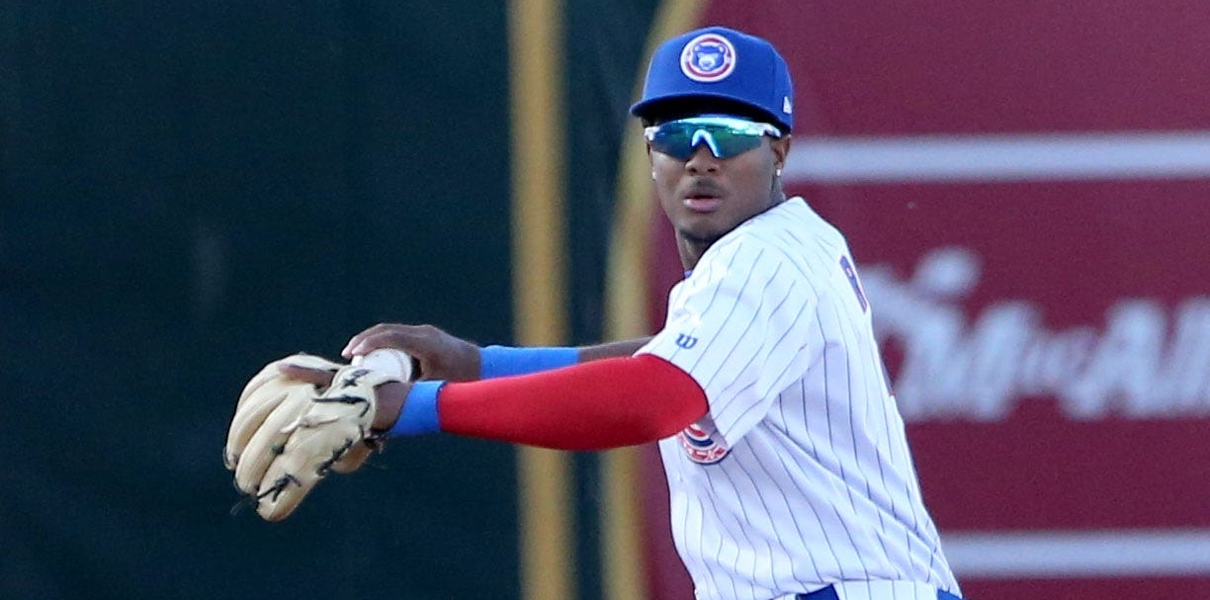This week, the Cubs flipped 100 mph flamethrowing relievers with the San Diego Padres. Out went James Norwood, whose spot on the 40-man roster was necessary for adding the final pieces on the Opening Day roster, and in came 25-year-old RHP Dauris Valdez.
I spent last night watching enough Valdez video to get familiar with him, and here’s a mini scouting report on what I saw.
Biographical Information: Valdez didn’t sign until he was 20 years old, and for just $10,000, so he’s not your usual high-pedigree international prospect. The Padres challenged him with an Arizona Fall League assignment in 2018 after a 12.8 K/9 in the California League during the regular season, and Valdez more than held his own in 10 AFL innings. In 2019 at Double-A, Valdez had three disastrous outings in his first 11 appearances, and was then brilliant (2.28 ERA) in his final 32 appearances.
Baseball America noted that Valdez was a standout at October Instructs following the lost 2020 season, and he even made two appearances in LIDOM (the Dominican Winter League) for the Licey Tigers this winter. The Padres were reportedly happy he slipped through the 2020 Rule 5 Draft without being taken, but perhaps they’d also resigned themselves to losing him. At The Cub Reporter, Arizona Phil notes that Valdez will not be a minor league free agent until after the 2022 season.
Body and Delivery: Valdez looks every single bit the 6-foot-8, 254 pounds that he’s listed at. He looks more like a center on a mid-major college basketball team than a pitcher, with his legs accounting for most of his size. He moves more fluidly and athletically in his delivery than you might expect from someone that size, but I did catch him looking tired deep into appearances, so I would think there’s still conditioning work to be done.
In 2019, Valdez featured a delivery that leaned heavily on his arm to produce velocity, which is quick and up for the job. The video posted by Baseball America from Instructs does show more engagement from his lower half. In both iterations, he falls hard to first base, so you’re not surprised by the control problems that he’s run into at various times. It’s a relief profile all the way.
Fastball: I watched six appearances of Valdez in 2019, catching his fastball from 97-102 mph on the Amarillo stadium gun. I might chalk that up to home radar cooking, but his 2020 Instructs performance confirmed that velocity profile.
The pitch will flash solid life occasionally, but like James Norwood, it’s a relatively flat triple digits. For instance, on August 28, Valdez gave up a home run to an opposing pitcher on a 99 mph fastball. On June 5, he hit 100-102 on each of his final six fastballs of his outing, but the batter made contact (5 foul, one ball in play) on all of them. Hitters just don’t seem as uncomfortable as you might expect.
I would say he generally doesn’t have awful control of his fastball, but the command is not good; the catcher’s mitt tends to be an unfulfilled suggestion. So you end up with a lot of triple-digit pitches that end up in the middle third of the strike zone, making it a less dangerous offering than its velocity suggests.
Slider: I’m not exaggerating, in the six outings I watched, Valdez’ slider hit every single velocity number between 80 and 88 on the stadium gun. It looked like the pitch was more of an average offering at 80-83 earlier in the season, and then late in the year he found some good ones in the 85-88 range that didn’t suffer much movement loss. I saw more success throwing it as a front-door pitch to left-handed hitters than pulling the string against righties; might that explain the near-200-point OPS reverse platoon split he had in 2019?
The good news is that there’s real potential with this pitch. I’d like to think the Cubs can get Valdez into the Pitch Lab and find their favorite iteration of the slider, and encourage him not to tweak away from it much on the mound.
Changeup: This comes in about 88-91 mph, and it has two forms. When it’s good, he’s commanding it to the bottom of the strike zone, and it’s velocity difference off the fastball plus some slight late break are enough for an above-average pitch (though it’s firm enough that he’s got to keep it down).
The big problem is the consistency. Too often, Valdez over-pronates, and the pitch ends up way, way, way outside against a left-handed hitter. Honestly about half the changeups I saw weren’t even mildly competitive pitches. And then he’d throw three good ones in a row and get you excited. The Amarillo announcer remarked often how far the pitch had come in 2019.
Projection: I would anticipate that Valdez returns to Double-A in 2021 with the Cubs, though I think everyone involved will hope he spends more of the season in Triple-A Iowa. He will again be Rule 5 eligible after the 2021 season, so a good year will put him in the mix for the 40-man roster.
I do think Valdez would find a home in my top 40 prospect list, though I wouldn’t yet be comfortable finding an exact placement. The most optimistic might put him right about where Michael McAvene was at #23, while I’m not totally convinced that Valdez is a better prospect than Manny Rodriguez at #38. He’d slot somewhere in there for me, probably just below where MLB Pipeline landed (#30).
It was good work by Jed Hoyer turning a DFA’d player into a real prospect, but there’s no question the Cubs’ system pitching coaches still have their work cut out for them in getting Valdez Major League ready.




